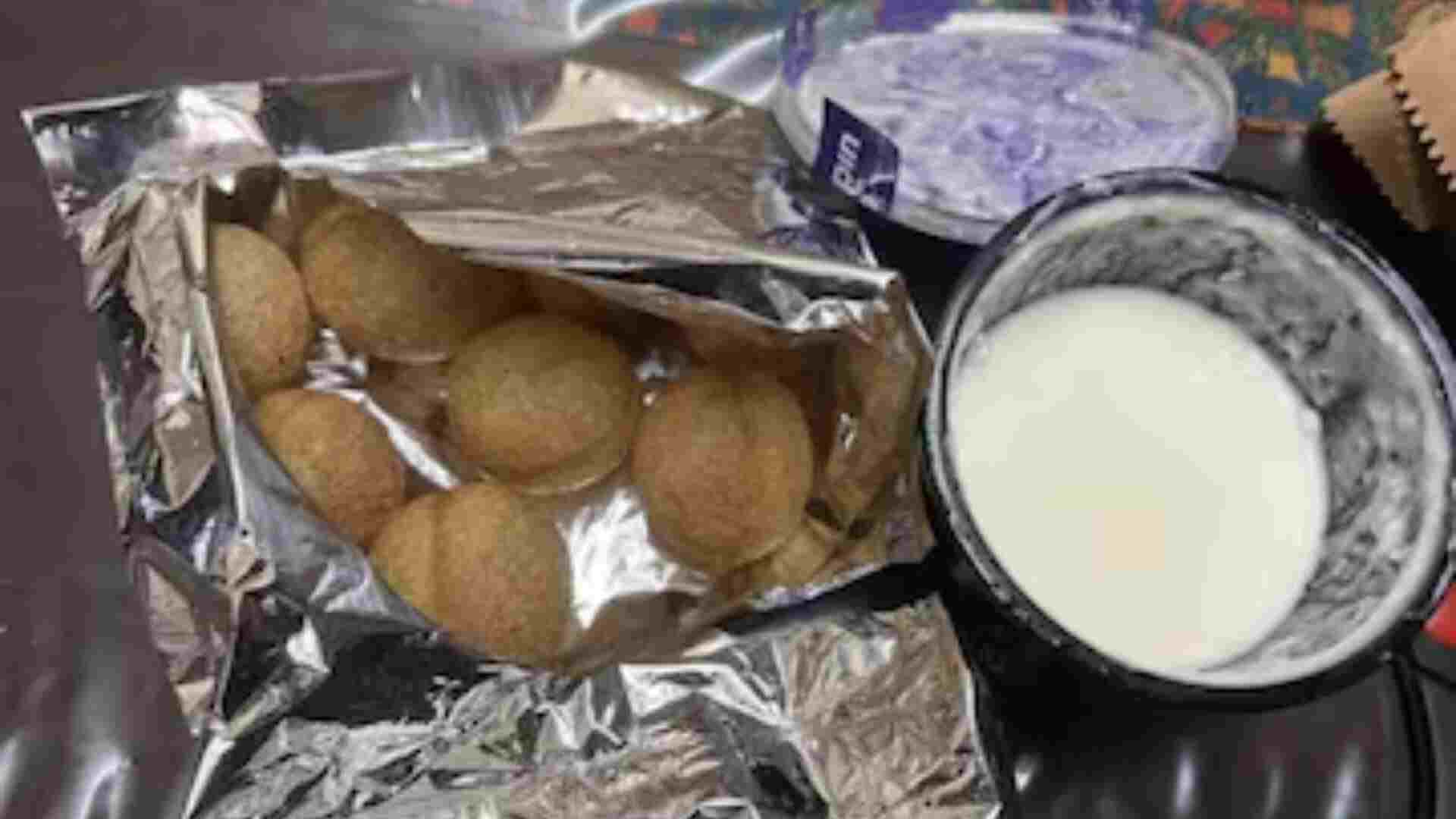
Rajasthan, the land of vibrant culture and rich traditions, not only boasts regal attire but also showcases an exquisite array of heritage utensils that have stood the test of time. These culinary artifacts, crafted with precision and passed down through generations, play a crucial role in the traditional kitchens of Rajasthan. In this feature article, we embark on a journey through the scientific nuances behind the design and use of these heritage utensils, exploring how they contribute to the unique flavors and textures of Rajasthan’s culinary delights.
Historical Roots:
The culinary heritage of Rajasthan is deeply rooted in its historical and geographical context. The arid climate and scarcity of water have greatly influenced the region’s cuisine, giving rise to ingenious culinary techniques and the use of specific utensils tailored to the needs of the environment.
One of the most iconic heritage utensils is the ‘kadai’ or wok, typically made of cast iron or copper. The kadai has been a staple in Rajasthani kitchens for centuries, with its broad and shallow design facilitating even heat distribution. This proved crucial in the preparation of dishes that required slow cooking or simmering, allowing flavors to meld and intensify.
Scientific Principles Behind Utensil Design:
The choice of materials and the design of heritage utensils in Rajasthan are deeply rooted in scientific principles that enhance the cooking process. Understanding these principles unveils the culinary alchemy that takes place in every Rajasthani kitchen.
Material Selection:
Copper: Utensils made from copper are revered for their excellent heat conductivity. Copper pans and pots respond quickly to changes in temperature, ensuring precise control over cooking. Moreover, copper imparts a unique taste to certain dishes, adding to the richness of flavors.
Cast Iron: The robust and durable nature of cast iron makes it a popular choice for utensils in Rajasthan. Cast iron retains heat efficiently, distributing it evenly across the surface. This characteristic is particularly beneficial for slow-cooking methods and enhances the overall cooking experience.
Brass and Bronze: Utensils made from brass and bronze are celebrated for their corrosion resistance. The use of these alloys in the crafting of utensils prevents the leaching of harmful substances into food, ensuring both safety and flavor preservation.
Design Considerations:
Broad Base of Kadai (Wok): The distinctive broad and shallow design of the kadai serves a dual purpose. Firstly, it facilitates the even distribution of heat, ensuring that ingredients are cooked uniformly. Secondly, the broad base provides a larger surface area for the evaporation of moisture, making it ideal for dishes that require reduction or concentration of flavors.
Earthenware (Matkas and Handis): The use of earthenware utensils, such as matkas (earthen pots) and handis (clay pots), is prevalent in Rajasthan. These porous vessels absorb excess moisture during cooking, creating a unique balance that imparts a subtle earthy flavor to the dishes. The slow heat absorption and retention of earthenware also contribute to the tenderness of meats and the infusion of spices.
Mortar and Pestle (Khalbatta): The traditional mortar and pestle, known as ‘khalbatta,’ are essential tools in Rajasthani kitchens. The abrasive surface of the mortar and the grinding action of the pestle release essential oils and flavors from spices, intensifying the aroma and taste of the ingredients.
Tawa (Griddle): The tawa, a flat or concave griddle, is a staple in Rajasthani households for making bread such as chapatis and parathas. The even heat distribution of the tawa ensures uniform cooking and imparts a distinctive smoky flavor to the bread, enhancing its overall appeal.
Culinary Practices and Rituals:
Beyond their scientific attributes, heritage utensils in Rajasthan are integral to the culinary practices and rituals that have been passed down through generations. The art of slow cooking, for instance, is deeply ingrained in Rajasthani cuisine, and the design of utensils complements this practice, allowing flavors to develop over time.
In many households, certain utensils are considered sacred and are passed down as family heirlooms. The seasoning of cast iron cookware, a practice where oil is heated and applied to the surface to create a protective layer, is not only a culinary necessity but also a ritualistic bonding experience that connects generations through the shared love of cooking.
Culinary Benefits of Heritage Utensils:
The use of heritage utensils in Rajasthan goes beyond aesthetics and tradition; it directly influences the quality and taste of the cuisine. Several scientific benefits contribute to the popularity and continued use of these utensils:
Enhanced Flavors:
The material composition of utensils imparts unique flavors to the dishes. For example, the subtle sweetness of copper enhances the taste of certain sweets, while the earthy undertones from earthenware add depth to curries and stews.
Nutrient Retention:
Slow-cooking in cast iron utensils and earthenware helps retain the nutritional value of ingredients. The gradual release of heat prevents the loss of essential vitamins and minerals, ensuring that the final dish is not only flavorful but also nutritionally rich.
Temperature Control:
The conductivity of materials like copper and cast iron allows for precise temperature control. This is particularly crucial in Rajasthani cuisine, where the slow simmering of curries and the controlled roasting of spices are common practices.
Texture and Tenderness:
The even heat distribution of heritage utensils contributes to the desired texture of dishes. Meats cooked in cast iron, for example, are known for their tenderness, as the consistent heat helps break down collagen and connective tissues.
Sustainability:
Heritage utensils are often crafted with longevity in mind. The durability of materials like copper, brass, and cast iron ensures that these utensils withstand the test of time, reducing the need for frequent replacements and contributing to sustainable kitchen practices.
Preserving Tradition in the Modern Kitchen:
While modern kitchenware has become prevalent in many households, there is a growing recognition of the value of heritage utensils in preserving culinary traditions. In recent years, there has been a revival of interest in traditional cooking methods, with chefs and home cooks alike rediscovering the benefits of using utensils that have been part of Rajasthan’s culinary heritage for centuries.
Cooking workshops, culinary tours, and heritage festivals showcase the artistry of traditional utensil craftsmanship. Artisans specializing in the creation and restoration of heritage utensils are gaining recognition for their skills, contributing to the conservation of these cultural treasures.
Conclusion:
The heritage utensils of Rajasthan are not mere tools in the kitchen; they are guardians of a culinary legacy that has withstood the sands of time. From the humble kadai to the intricately designed matka, each utensil tells a story of innovation, adaptation, and a deep understanding of the scientific principles that govern the art of cooking.
As we savor the flavors of Rajasthani cuisine, let us not only appreciate the rich tapestry of tastes but also acknowledge the craftsmanship and scientific acumen embedded in every piece of heritage kitchenware. In doing so, we honor the traditions of the past and ensure that the culinary alchemy of Rajasthan continues to captivate the senses for generations to come.















